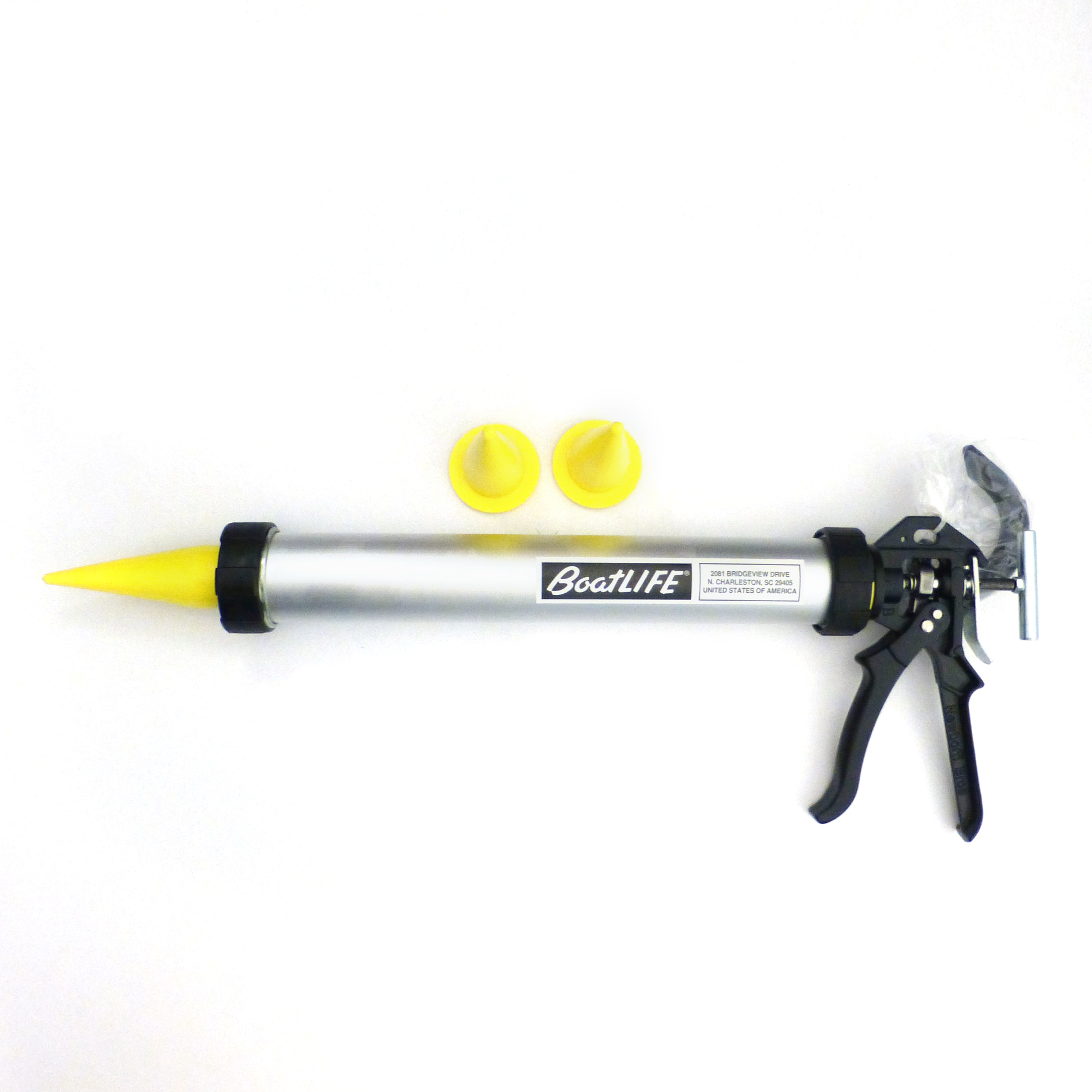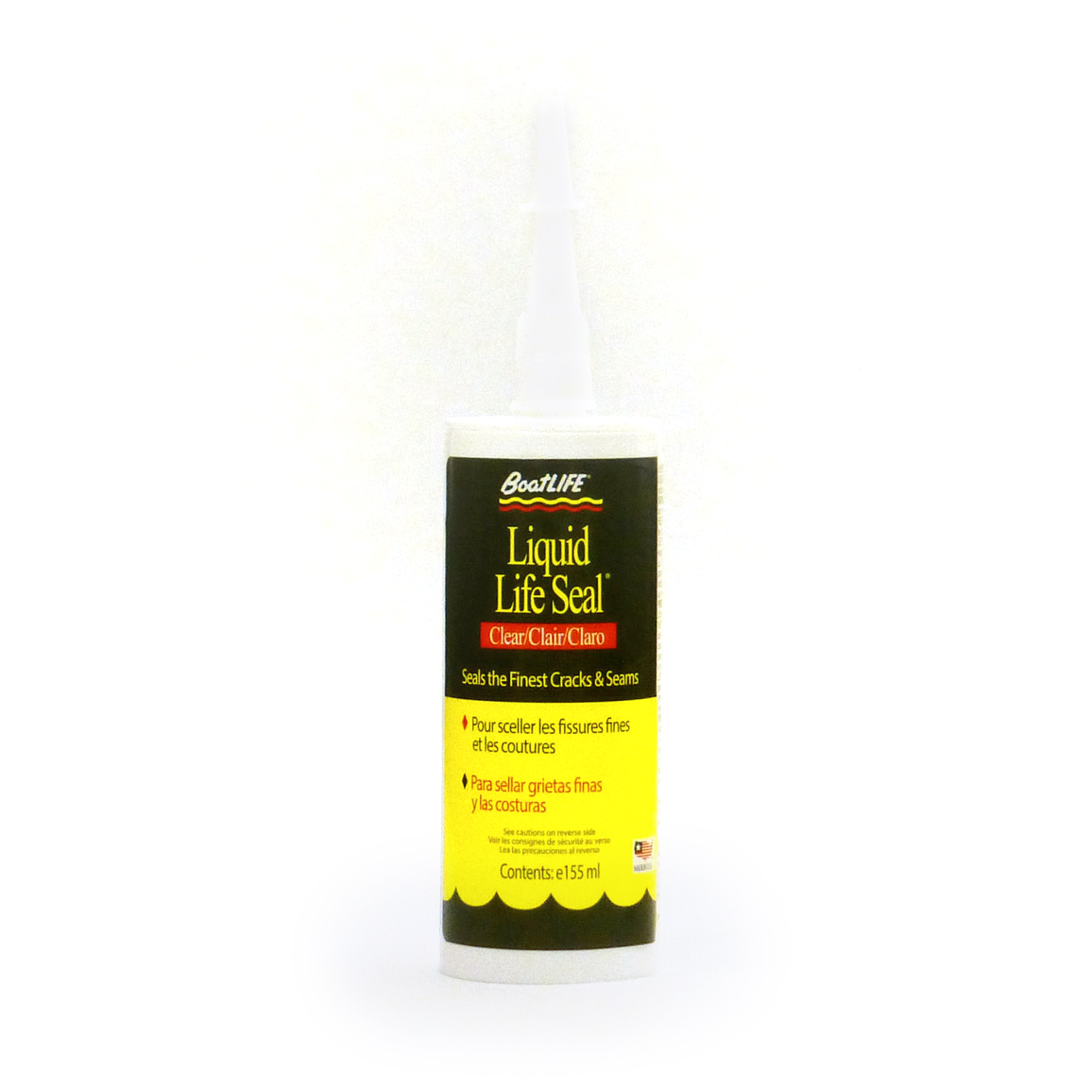
The silicone gelcoat on your boat is one of its most important features, protecting the strength, color, and durability of your boat’s fiberglass. But it can also prove to be one of its chief challenges.
Just how do you remove silicone without damaging the underlying fiberglass? Is it possible to handle yourself without a professional assisting you? Sure thing. Just follow these tips on how to remove silicone from a fiberglass boat!
Avoid the “Elbow Grease Method”
In cases like hard stuck-on silicone, many boat owners will tell you that you’re in for a hefty bit of manual labor. This is known as the “elbow grease method.” In other words, they want you to use basic tools and scratch off the silicone yourself. The problem with this method isn’t only that it’s labor-intensive. If you use the wrong tools, it can also pose a risk to the quality of your gel coat and your fiberglass.
If you have the right tools at your disposal, you won’t need to use figurative elbow grease to get the job done. In fact, it’s better for the underlying fiberglass if you’re able to remove old silicone effectively and without as much struggle. Not only will you stand a better chance at removing entire swaths of silicone at once, but you’ll save a lot of time and frustration along the way.
Use Products Designed to Handle Gel Coat

Removing silicone from a fiberglass boat can require a steady hand and specialized equipment. That’s why it’s imperative to procure a product specifically designed for gentle application and the removal of stuck-on materials like silicone.
If you only have a small amount of silicone to deal with, try Release Adhesive & Sealant Remover. With a proper scraping tool designed specifically for handling fiberglass, you’ll be able to remove cured silicone sealants from your boat’s hull. The goal here is to apply generously, going a little bit at a time. The more of the silicone you’re able to remove in one piece, the better.
Why Release? It has great features for removing silicone from fiberglass:
- It’s designed for multiple surfaces, such as fiberglass and wood, which makes it easier to remove sealant that’s been applied in more than one area in your boat.
- The easy-spray applicator makes it possible to apply the right amount consistently, peeling back the silicone as you go.
- Because it’s designed for fiberglass, you won’t have to worry about the application having adverse effects on the underlying boat hull.
The key is to work slowly and deliberately, pulling back adhered silicone bit by bit until it comes off cleanly. This will help ensure an even look to your fiberglass underneath.
If you want more tips on removing adhered materials from your boat, check out the boat solvent products available here at BoatLIFE today!





